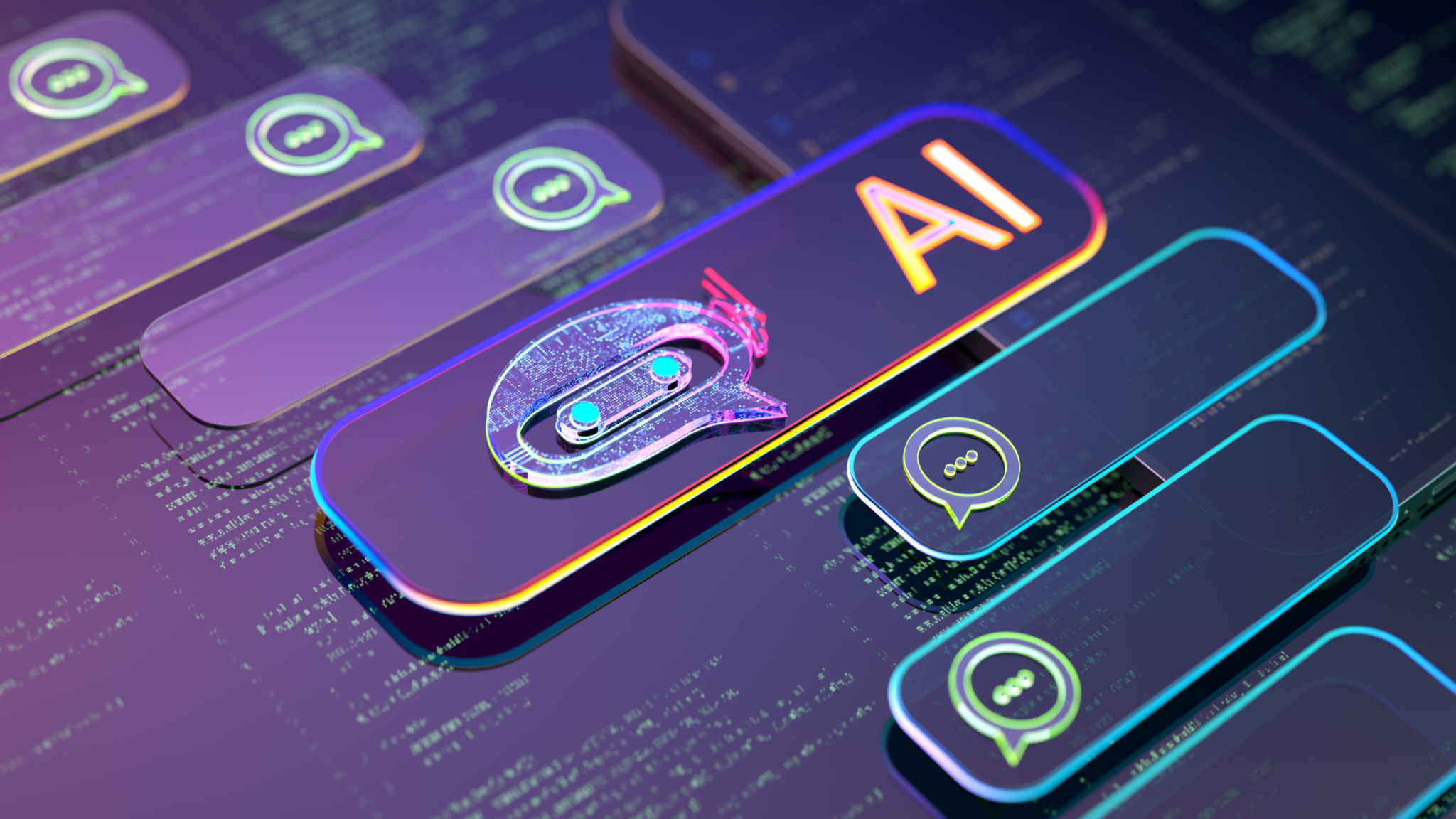Debunking Common Myths About AI in UX Design
Understanding AI's Role in UX Design
Artificial Intelligence (AI) has revolutionized many fields, and UX design is no exception. However, numerous myths surround AI's involvement in UX design, creating confusion and misconceptions. Understanding the truth behind these myths is crucial for designers and businesses aiming to leverage AI effectively.

Myth 1: AI Replaces Designers
One of the most persistent myths is that AI will replace human designers. This belief is far from reality. Instead, AI acts as a tool that enhances a designer's capabilities. By automating routine tasks, AI allows designers to focus on more creative and strategic aspects of their work. AI algorithms can analyze user data at scale, providing insights that inform better design decisions.
Myth 2: AI Lacks Creativity
Another common misconception is that AI cannot be creative. While AI may not possess creativity in the human sense, it can certainly aid in the creative process. AI can generate design variations, suggest improvements, and even predict user preferences based on data analysis. This enhances the creative workflow, providing designers with more options and insights.

The Practical Benefits of AI in UX Design
AI's integration into UX design brings numerous practical benefits. By utilizing AI, designers can create more personalized user experiences. AI algorithms can analyze user behavior and preferences to deliver tailored content and interfaces, improving user satisfaction and engagement.
Myth 3: AI Is Too Complex for UX Design
Many believe that AI is too complex and technical for UX designers to implement. However, this is not the case. With advancements in user-friendly AI tools and platforms, designers can easily integrate AI into their processes without needing deep technical expertise. These tools simplify the use of AI, making it accessible and practical for enhancing user experience.

Embracing AI for Future Success
As technology evolves, embracing AI in UX design becomes more important. The key is understanding how AI can complement and enhance human creativity and intuition. By debunking these myths, businesses and designers can better appreciate AI's potential, leading to innovative and effective design solutions.
In conclusion, AI is not a threat to UX designers but a powerful ally. By leveraging AI, designers can unlock new levels of creativity, efficiency, and personalization. Understanding and embracing AI's capabilities will be crucial for future success in UX design.
